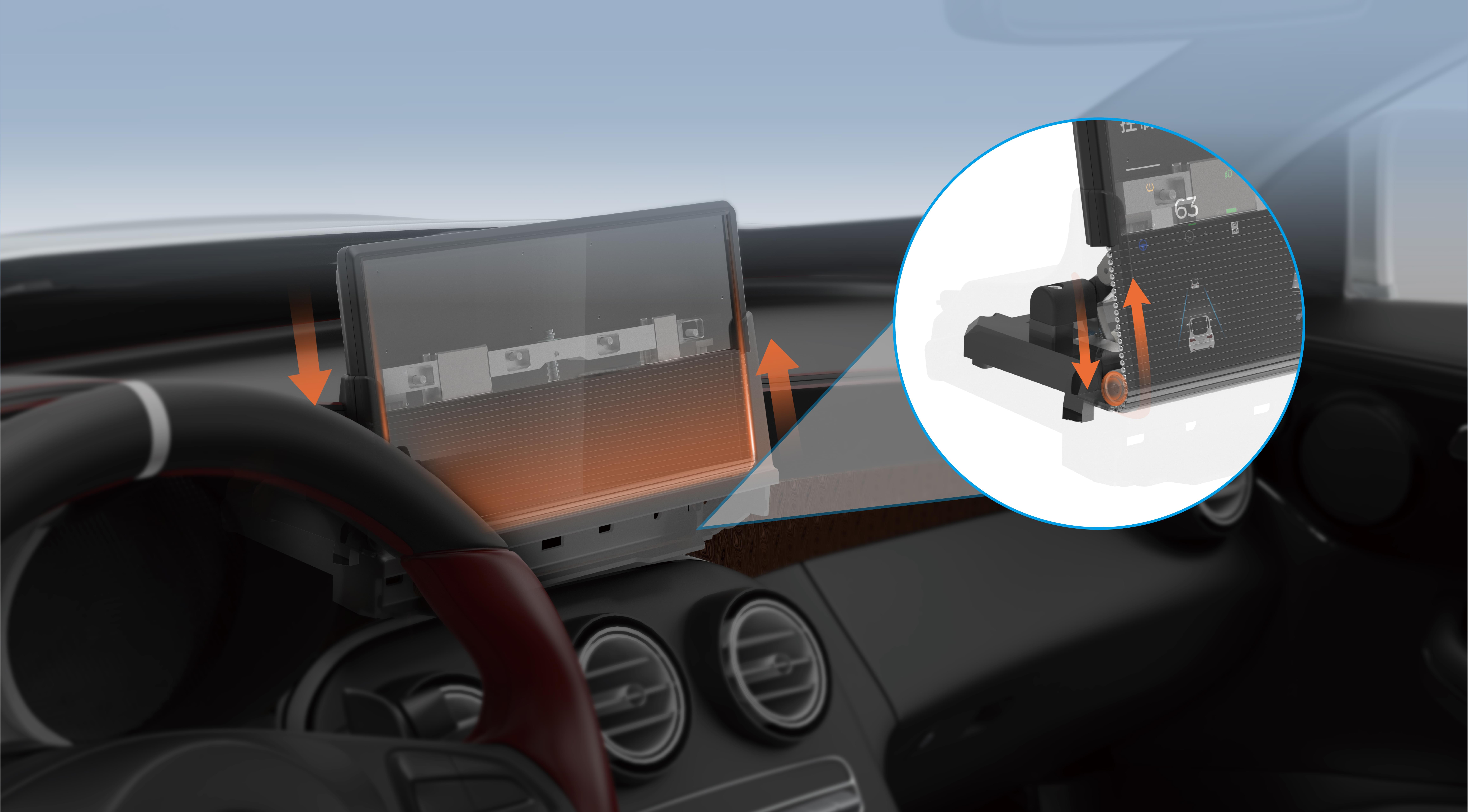When you’re picking a motor for your project—say, a drone, an electric scooter, or even a robotic arm—you’ve probably come across the terms “brush” and “brushless.” At first glance, they seem straightforward, but digging a little deeper reveals some really fascinating differences in how they perform.

Let's start with the basics. Brushes—those tiny carbon contacts—are what make traditional brushed motors tick. They conduct electricity to the armature, causing it to turn. On the flip side, brushless motors ditch the brushes altogether. Instead, they use electronic controllers to switch the current within their stator windings, creating a magnetic field that makes the rotor spin.
Now, what’s all this fuss about efficiency? Well, it’s a big deal. Imagine two similar gadgets, each powered by different motors. The brushed one might seem cheaper at the start, but over time, the inefficiencies and maintenance costs add up. Brushless motors, with no brushes to wear out, tend to run smoother and waste less energy. That means more of the power you plant in actually goes into making things spin—not lost to heat or mechanical friction.
But let’s not just talk in abstract—what do real-world tests say? Engineers often crunch the numbers and find that brushless motors can reach 85% to 90% efficiency, while brushed motors sit around 70%. That’s quite a gap. If a drone is wingspan-to-wingspan, you’re seeing more flight time with a brushless setup. It simply uses energy smarter, so an electric bike doesn’t eat battery life like it’s candy.
Yet, there’s a little more to the story. Simply put, brushed motors tend to be more straightforward, cheaper to buy, and easier to fix on the fly. No fancy controllers, no need for complex wiring. But their lifespan? It’s shorter—brushes wear out, making maintenance more frequent. In contrast, brushless motors have a longer life cycle, which might justify the higher initial cost through savings on repairs and replacement.
People often ask, “Isn’t there a trade-off? Do I really need the efficiency of a brushless if I’m on a budget?” That’s a real question. Think about what you’re powering. For small, simple projects, maybe brushed motors cut it. But for anything demanding long-term operation or where energy conservation is key, deploying a brushless motor is the smarter bet, hands down.
In the end, choosing between the two comes down to understanding your needs. Do you want longevity, less maintenance, and better overall efficiency? Or are you more concerned about upfront costs and simplicity? Either way, knowing these differences helps you make a decision that fits your project like a glove.
So, if you're aiming for longer-lasting, energy-efficient performance, pretty much everyone agrees that a brushless motor is the way to go. It's like upgrading from a bicycle to a motorcycle—not just a leap in speed, but a step toward smarter, more reliable power. And hey, once you experience that extra juice and smoothness, there's no going back.
Established in 2005, Kpower has been dedicated to a professional compact motion unit manufacturer, headquartered in Dongguan, Guangdong Province, China.




































